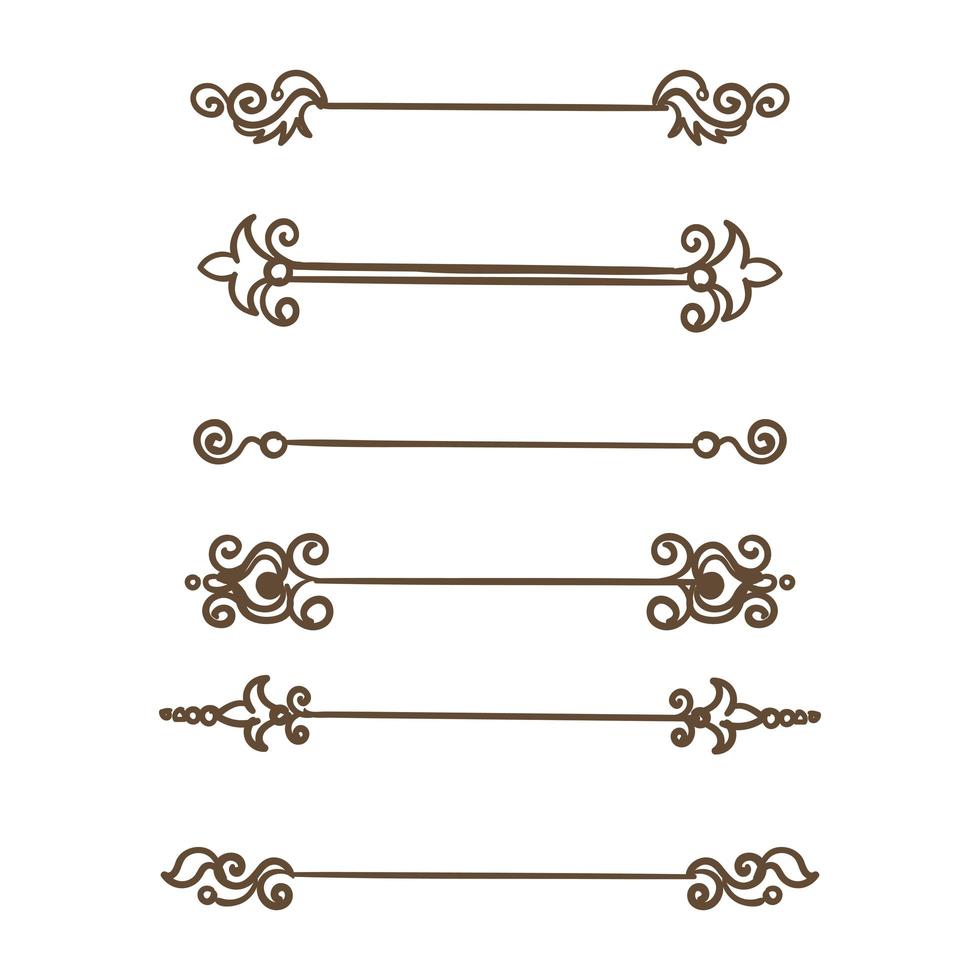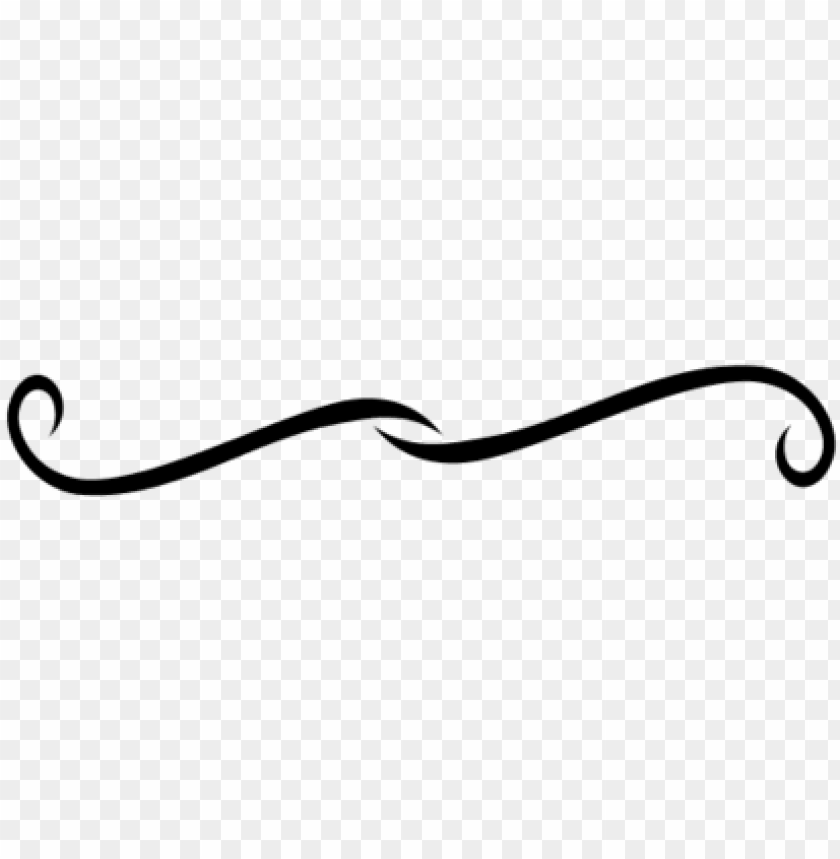

Some of the tools of manual drafting include pencils, pens and their ink, straightedges, T-squares, French curves, triangles, rulers, protractors, dividers, compasses, scales, erasers, and tacks or push pins. Today most engineering drawing is done with CAD, but pencil and paper have not entirely disappeared. Since the advent of computer-aided design (CAD), engineering drawing has been done more and more in the electronic medium with each passing decade. Britain, BS 8888 (Technical Product Specification) has undergone important updates in the 2010s.įor centuries, until the 1970s, all engineering drawing was done manually by using pencil and pen on paper or other substrate (e.g., vellum, mylar).
#Simple divider clip art vector file iso#
The only way not to invoke the ISO GPS system is to invoke a national or other standard. The implication of this is that any drawing using ISO symbols can only be interpreted to ISO GPS rules. This states that, "Once a portion of the ISO geometric product specification (GPS) system is invoked in a mechanical engineering product documentation, the entire ISO GPS system is invoked." It also goes on to state that marking a drawing "Tolerancing ISO 8015" is optional. In 2011, a new revision of ISO 8015 (Geometrical product specifications (GPS) - Fundamentals - Concepts, principles and rules) was published containing the Invocation Principle. In 2018, ASME AED-1 was created to develop advanced practices unique to aerospace and other industries and supplement to Y14.5 Standards. These apply widely in the United States, although ISO 8015 (Geometrical product specifications (GPS) - Fundamentals - Concepts, principles and rules) is now also important. One major set of engineering drawing standards is ASME Y14.5 and Y14.5M (most recently revised in 2009). Standardization also aids internationalization, because people from different countries who speak different languages can read the same engineering drawing, and interpret it the same way. Standards provide rules for their specification and interpretation. It had been evolved by Gaspard Monge of Mezieres in 1765 but had remained a military secret until 1794 and was therefore unknown in England." Standardization and disambiguation Įngineering drawings specify requirements of a component or assembly which can be complicated.



For it is safe to assume that he had mastered the art of presenting three-dimensional objects in a two-dimensional plane which we now call mechanical drawing. Rolt's biography of Isambard Kingdom Brunel says of his father, Marc Isambard Brunel, that "It seems fairly certain that Marc's drawings of his block-making machinery (in 1799) made a contribution to British engineering technique much greater than the machines they represented. Modern engineering drawing, with its precise conventions of orthographic projection and scale, arose in France at a time when the Industrial Revolution was in its infancy. Complex technical drawings were made in renaissance times, such as the drawings of Leonardo da Vinci. Technical drawing has existed since ancient times. 10 Relationship to model-based definition (MBD/DPD).6.6 List of materials, bill of materials, parts list.4 Systems of dimensioning and tolerancing.Drawings have an information box or title block containing who drew the drawing, who approved it, units of dimensions, meaning of views, the title of the drawing and the drawing number. More detailed production drawings may be produced based on the information given in an engineering drawing. Suitable tolerances are given for critical dimensions to allow the component to be manufactured and function. Key information such as dimensions is usually only specified in one place on a drawing, avoiding redundancy and the possibility of inconsistency. Only the information that is a requirement is typically specified. Drawings typically contain multiple views of a component, although additional scratch views may be added of details for further explanation. The process of producing engineering drawings is often referred to as technical drawing or drafting ( draughting). Although mostly consisting of pictographic representations, abbreviations and symbols are used for brevity and additional textual explanations may also be provided to convey the necessary information. The drawings are linked together by a master drawing or assembly drawing which gives the drawing numbers of the subsequent detailed components, quantities required, construction materials and possibly 3D images that can be used to locate individual items. Usually, a number of drawings are necessary to completely specify even a simple component. A common use is to specify the geometry necessary for the construction of a component and is called a detail drawing. Engineering drawing of a machine tool partĪn engineering drawing is a type of technical drawing that is used to convey information about an object.


 0 kommentar(er)
0 kommentar(er)
